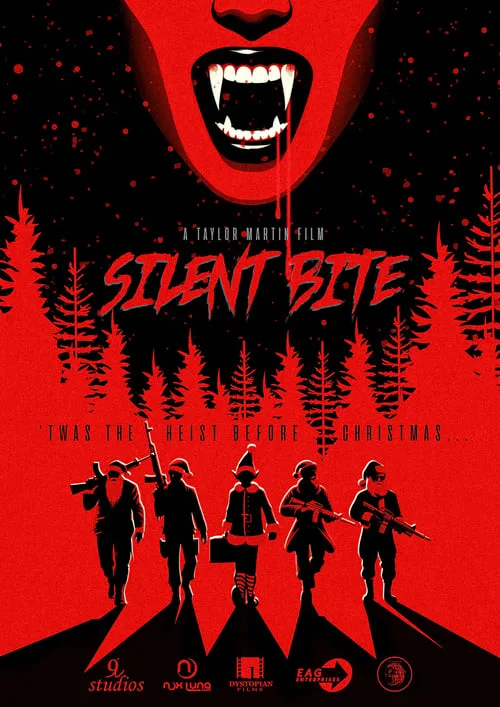A Riveting Tale of Conflict and Culture in Early New Zealand
In “The Convert,” director and co-writer Lee Tamahori returns to his homeland of New Zealand to explore a turbulent chapter in its history. Known for his work on action-packed films like “Die Another Day” and “xXx: State of the Union,” Tamahori brings his flair for intense drama to this historical epic. Set in the 1830s, “The Convert” delves into the conflicts between indigenous Māori factions and British colonists, offering a gripping narrative that is both visually stunning and emotionally resonant.
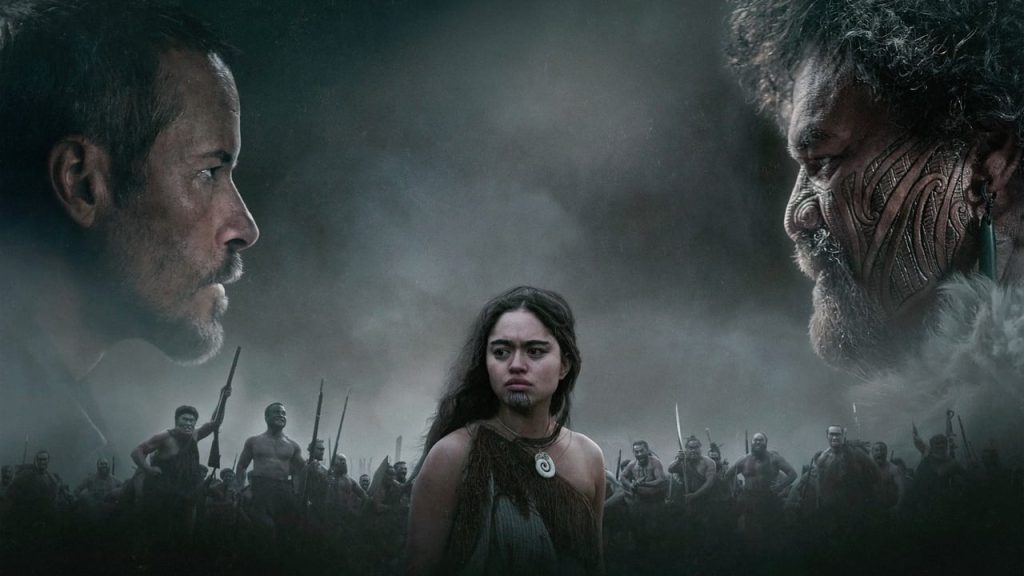
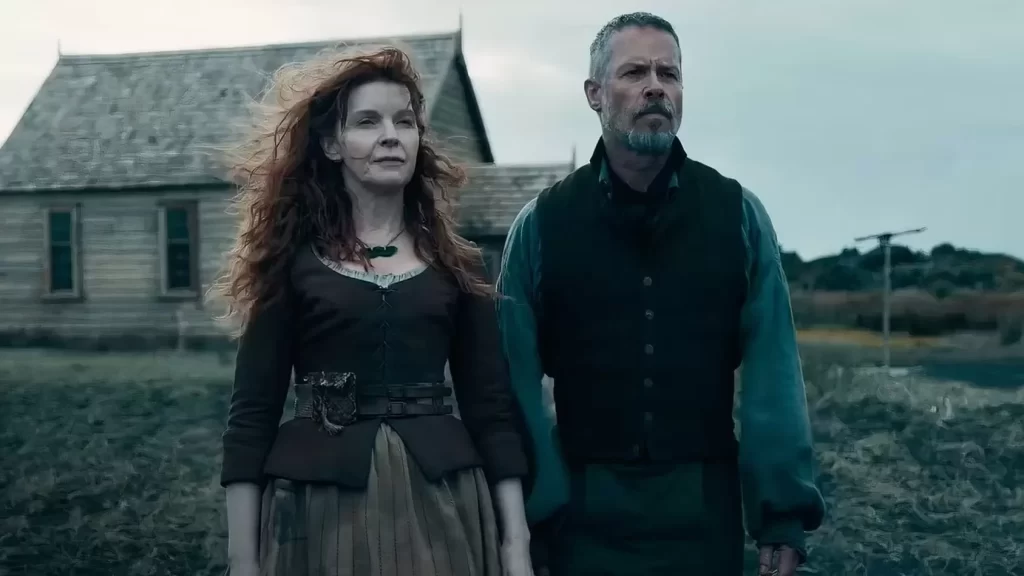
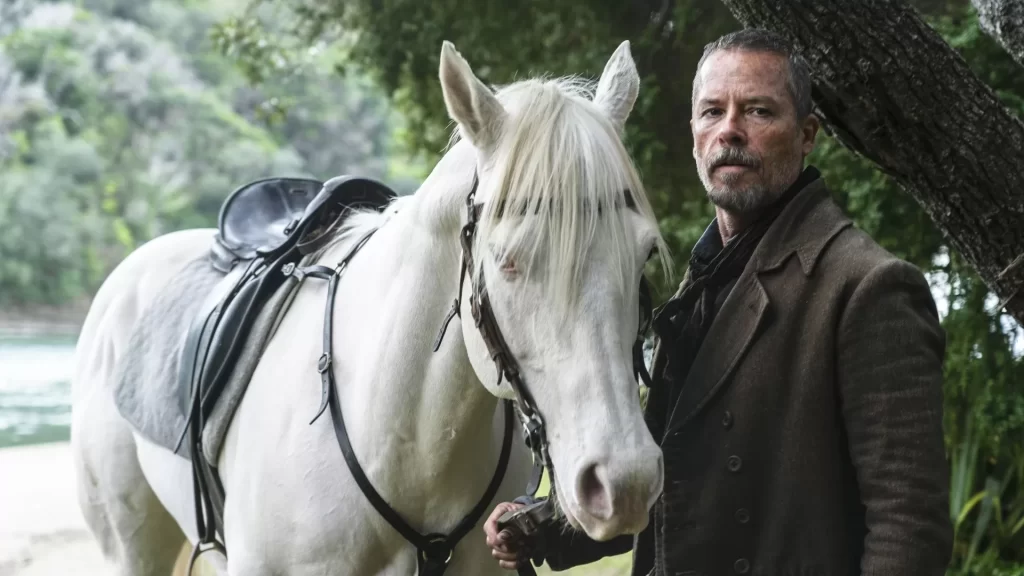
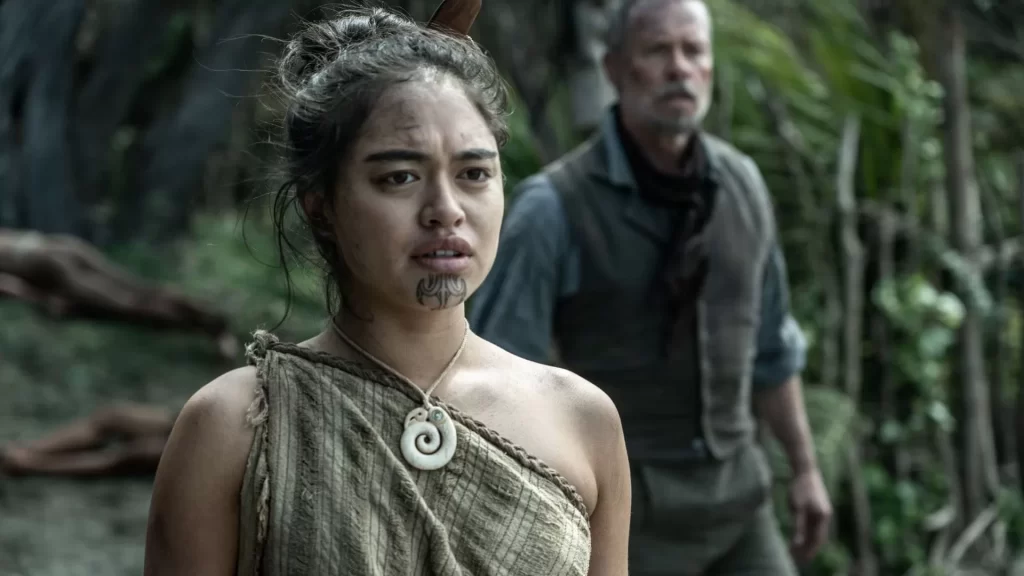
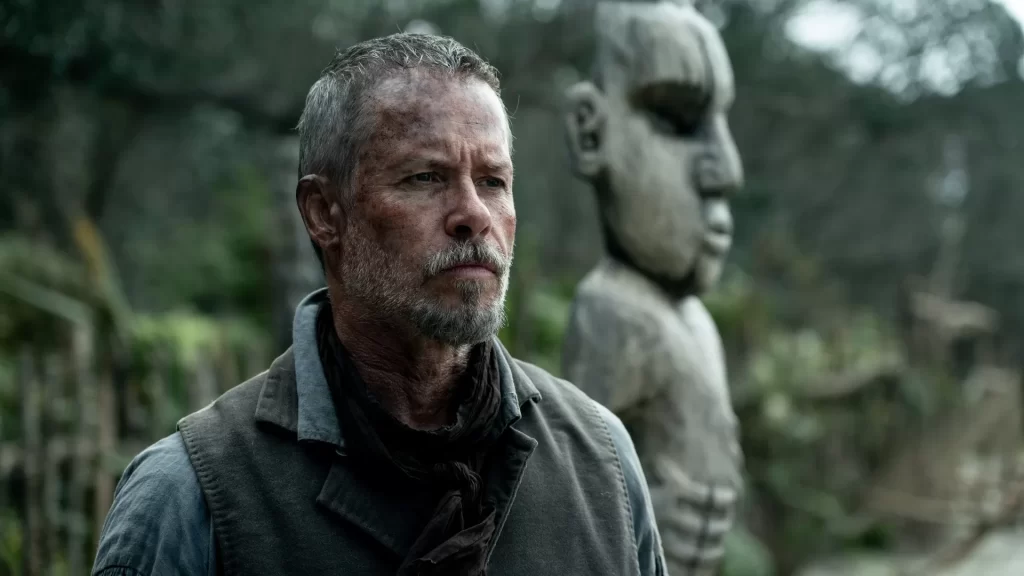
“The Convert” follows Thomas Munro (Guy Pearce), a former military man who arrives in New Zealand seeking peace as a lay preacher. However, he finds himself in the midst of a power struggle between two Māori chiefs, Maianui (Antonio Te Maioha) and Akatarewa (Lawrence Makoare). The British colonists in the town of Epworth, led by traders like Kedgley (Dean O’Gorman), exacerbate the tensions by supplying weapons to both sides and ostracizing anyone who isn’t British and Protestant. Thomas’s journey becomes intertwined with that of Rangimai (Tioreore Ngatai-Melbourne), a Māori woman seeking revenge for her husband’s murder, and Charlotte (Jacqueline McKenzie), a widow who becomes an unexpected ally.
Lee Tamahori and co-writer Shane Danielsen have crafted a narrative that is both historically rich and dramatically compelling. The film’s setting in 1830s New Zealand, a time when the country was known as Aotearoa, is brought to life with meticulous attention to detail. The script, while taking some historical liberties, effectively captures the complexities of the era, from the internal conflicts among the Māori to the encroaching influence of British colonists.
Tamahori’s direction is masterful, blending intense battle scenes with quieter, more introspective moments. The film’s opening sequence, which shows Thomas Munro’s arrival in New Zealand, sets the tone with its sweeping visuals and atmospheric sound design. The use of natural light and the interplay of shadows create a hauntingly beautiful aesthetic that enhances the film’s emotional impact.
Guy Pearce delivers a solemn and restrained performance as Thomas Munro, a man haunted by his past and seeking redemption in a new land. Pearce’s portrayal is nuanced, capturing the character’s internal struggle and his gradual transformation as he becomes more involved in the local conflicts.
However, the standout performance comes from Tioreore Ngatai-Melbourne as Rangimai. Her portrayal of a woman tormented by violence yet determined to seek justice is both powerful and poignant. Ngatai-Melbourne’s ability to convey a range of emotions, from grief to defiance, makes Rangimai the heart of the film. Her scenes with Jacqueline McKenzie’s Charlotte are particularly moving, highlighting the unlikely bond that forms between the two women.
Cinematographer Gin Loane’s work in “The Convert” is nothing short of breathtaking. The film’s visual style captures the rugged beauty of New Zealand’s landscape, from its dark sandy earth and inky rivers to its crashing white waves and lush green forests. The camera often mirrors Thomas’s curiosity, exploring the natural world with a sense of wonder and reverence.
The cinematography also plays a crucial role in heightening the film’s dramatic tension. One memorable scene shows Rangimai greeting her father, the chief, after her husband’s murder. The reunion takes place near the coastline, with stormy skies and dark soil serving as a harbinger of the battles to come. These visual elements not only enhance the narrative but also ground the story in a specific sense of place and time.
“The Convert” explores themes of conflict, culture, and redemption, offering a nuanced portrayal of a pivotal moment in New Zealand’s history. The film delves into the complexities of Māori society, the impact of British colonization, and the personal journeys of its characters. Thomas Munro’s role as an outsider provides a lens through which international audiences can engage with the story, while Rangimai’s quest for justice offers a deeply personal and emotionally resonant narrative.
The film’s exploration of these themes is both timely and timeless, resonating with contemporary audiences while shedding light on a lesser-known chapter of history. “The Convert” is a testament to the power of cinema to bring history to life, capturing the messy complexity of the past and the everyday players who shape it.
“The Convert” is a cinematic triumph that deserves to be seen and appreciated. Lee Tamahori’s direction, combined with stellar performances and breathtaking cinematography, makes this film a standout in the historical drama genre. Its exploration of conflict, culture, and redemption is both profound and resonant, offering a compelling narrative that lingers long after the credits roll.
For those interested in watching “The Convert,” it is available on iWatchOnline.
Frequently Asked Questions (FAQs)
What is “The Convert” about?
“The Convert” is a historical drama set in 1830s New Zealand. It follows Thomas Munro, a former military man who arrives as a lay preacher and becomes entangled in the conflicts between two Māori chiefs and British colonists.
Who stars in “The Convert”?
The film stars Guy Pearce as Thomas Munro, Tioreore Ngatai-Melbourne as Rangimai, Antonio Te Maioha as Maianui, Lawrence Makoare as Akatarewa, Dean O’Gorman as Kedgley, and Jacqueline McKenzie as Charlotte.
Who directed “The Convert”?
“The Convert” was directed by Lee Tamahori, who co-wrote the film with Shane Danielsen.
Is “The Convert” based on a true story?
While “The Convert” is loosely based on true events, the filmmakers have taken some historical liberties, creating composite characters and writing new figures to enhance the narrative.
Where can I watch “The Convert”?
“The Convert” is available for streaming on iWatchOnline.
What makes “The Convert” different from other historical dramas?
“The Convert” stands out for its meticulous attention to historical detail, stunning cinematography, and compelling performances. The film’s exploration of Māori culture and the impact of British colonization offers a unique and nuanced perspective on a pivotal moment in New Zealand’s history.
How has “The Convert” been received by critics?
“The Convert” has been praised for its masterful direction, powerful performances, and breathtaking cinematography. Critics have highlighted the film’s ability to capture the complexities of the era and its emotionally resonant narrative.
For more information and to watch “The Convert,” visit iWatchOnline.



